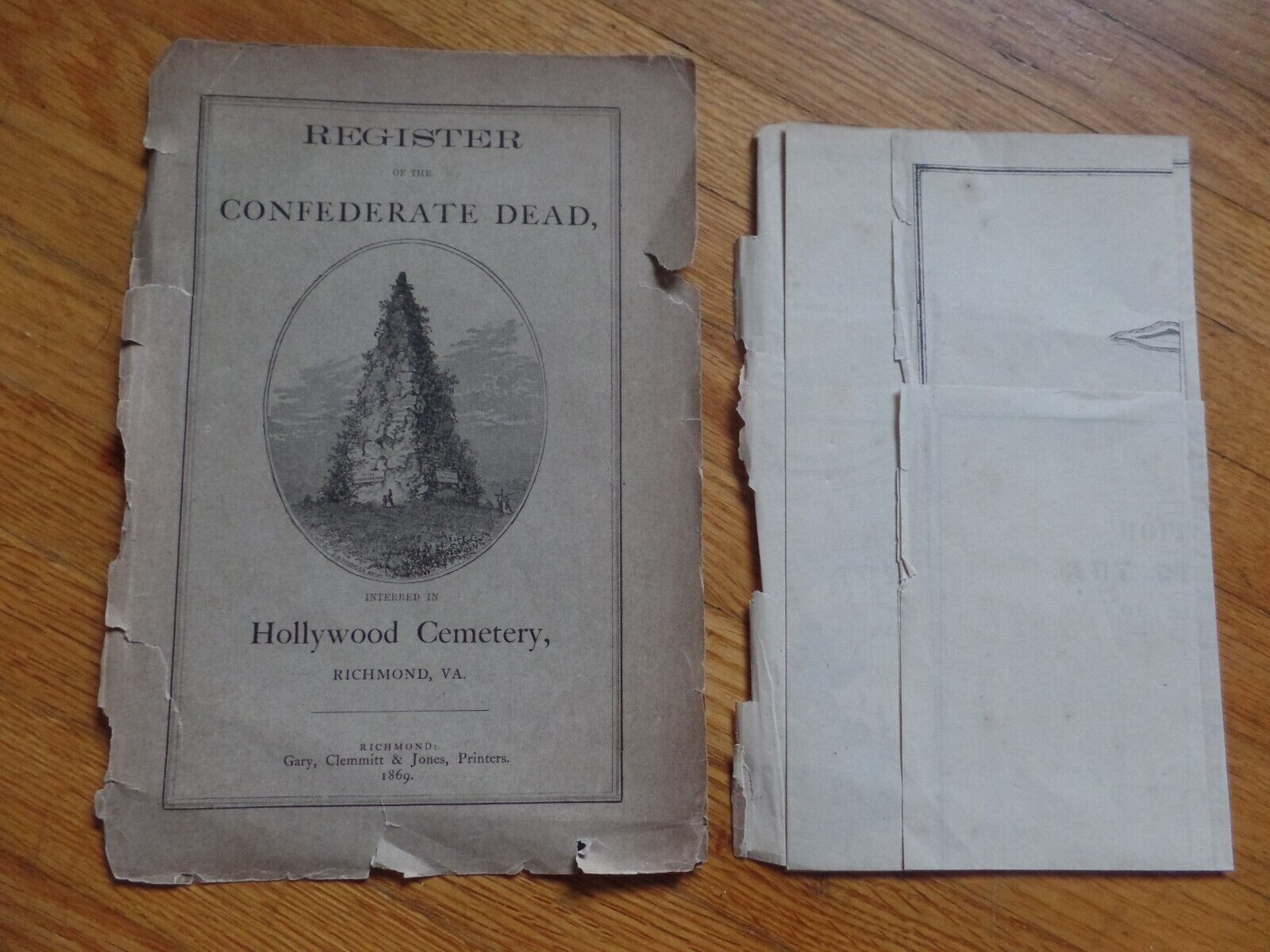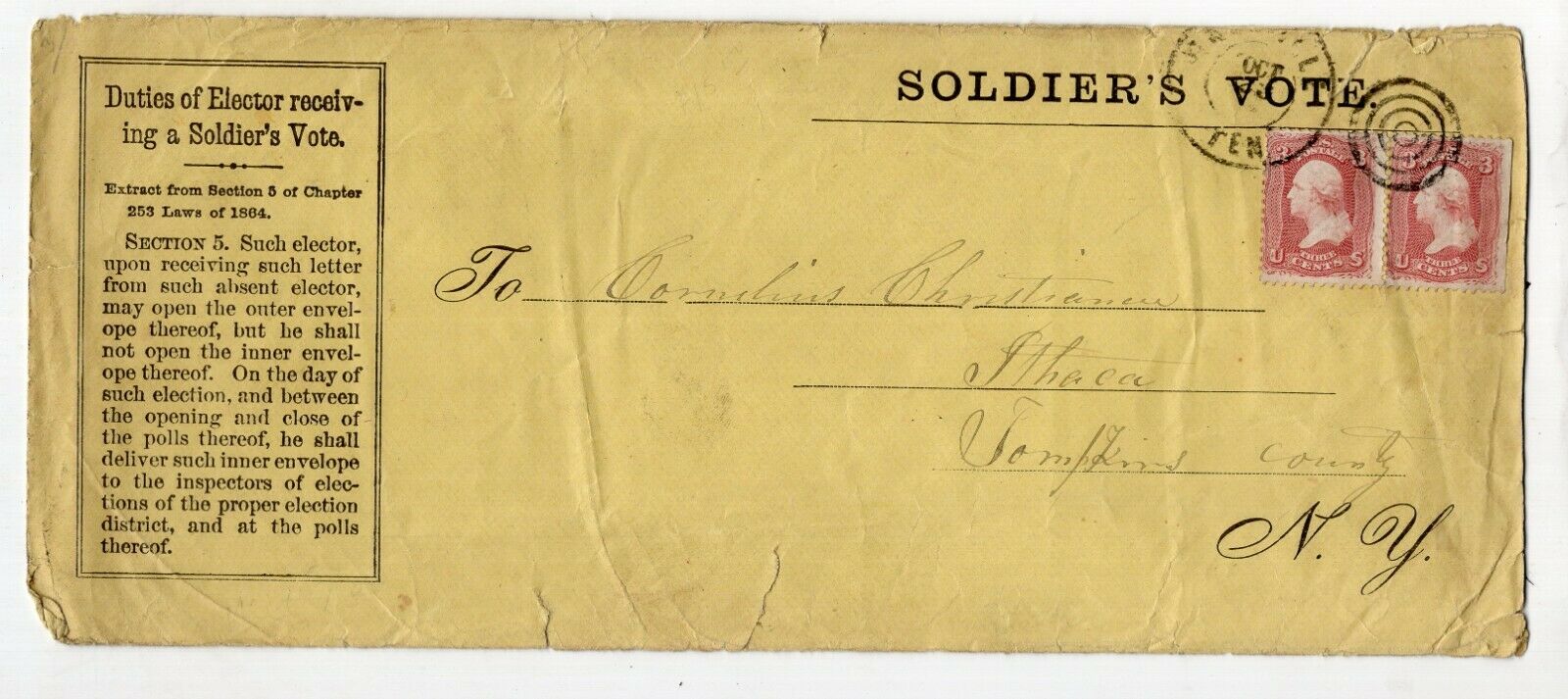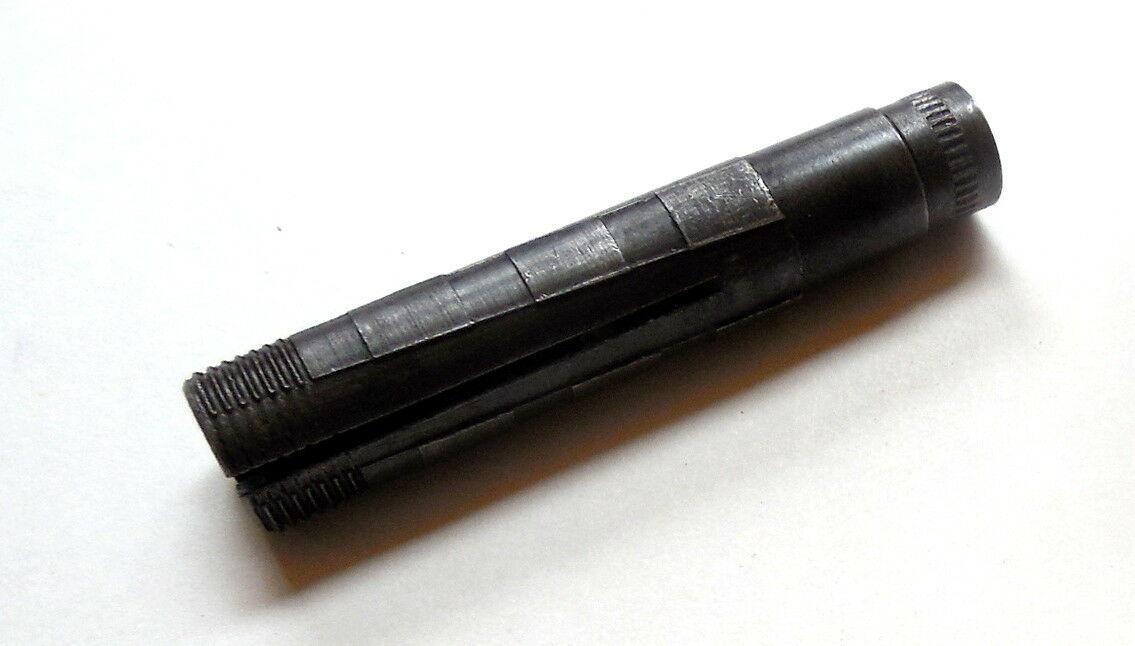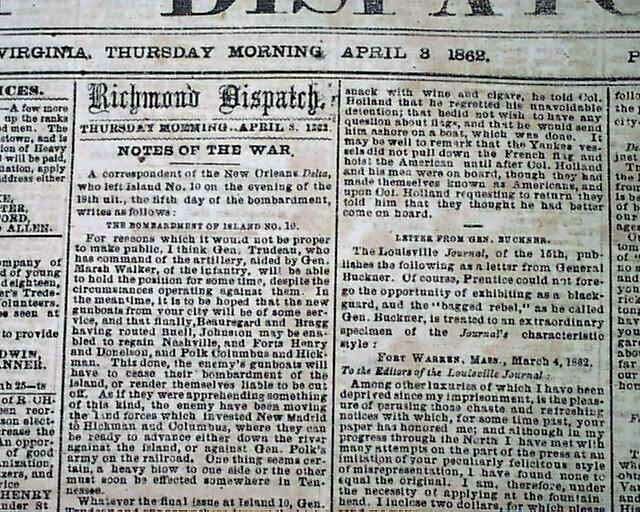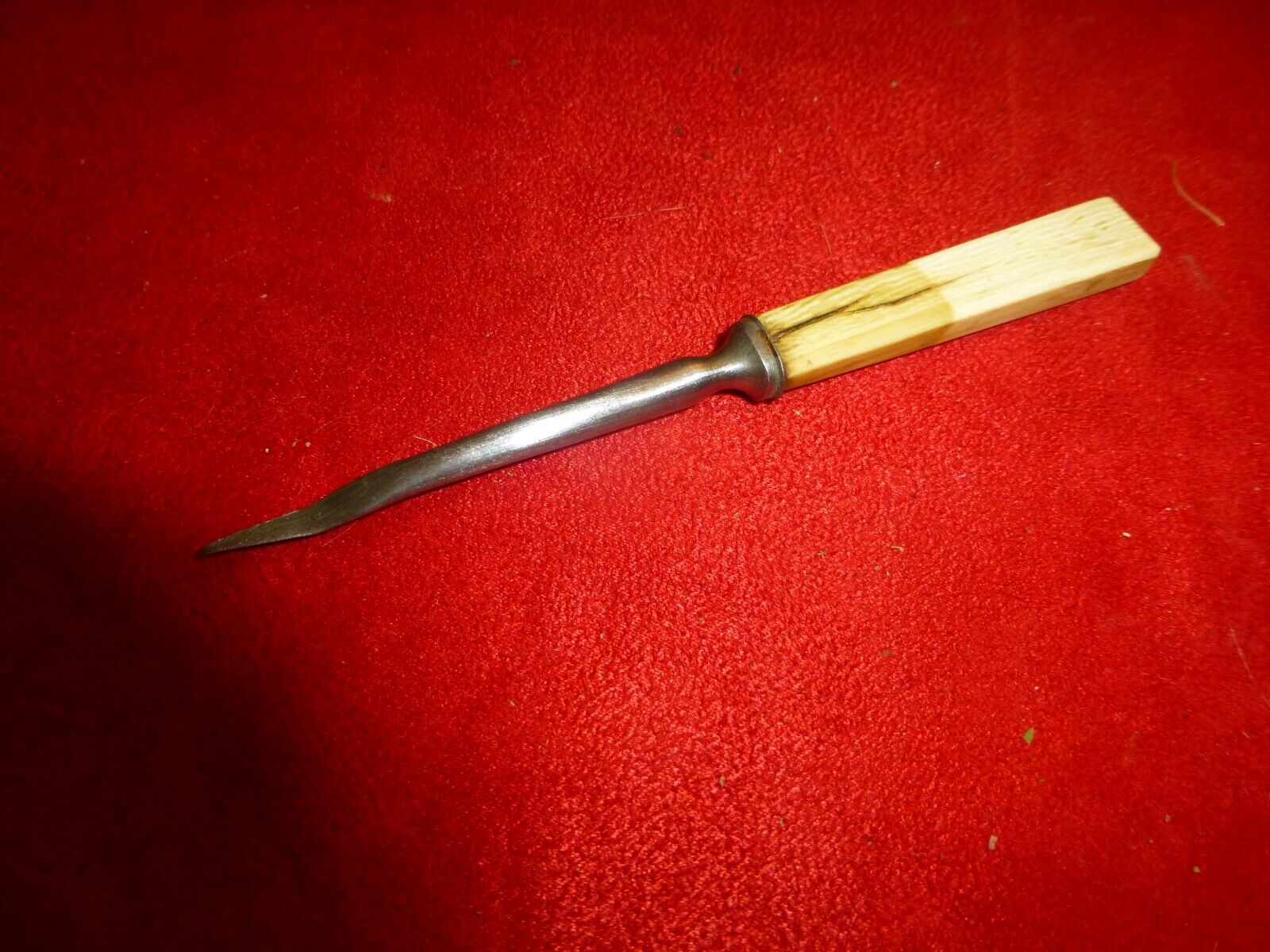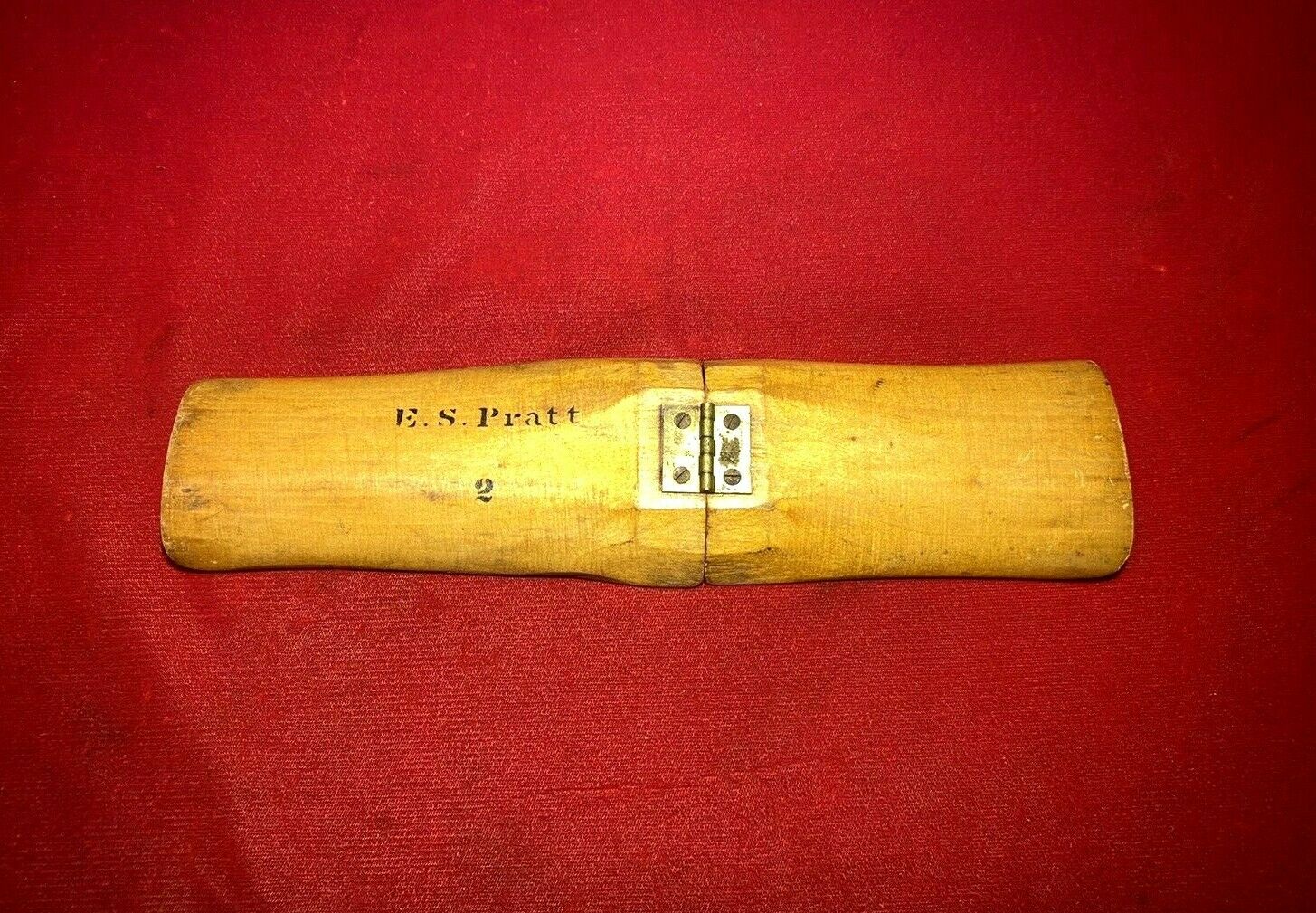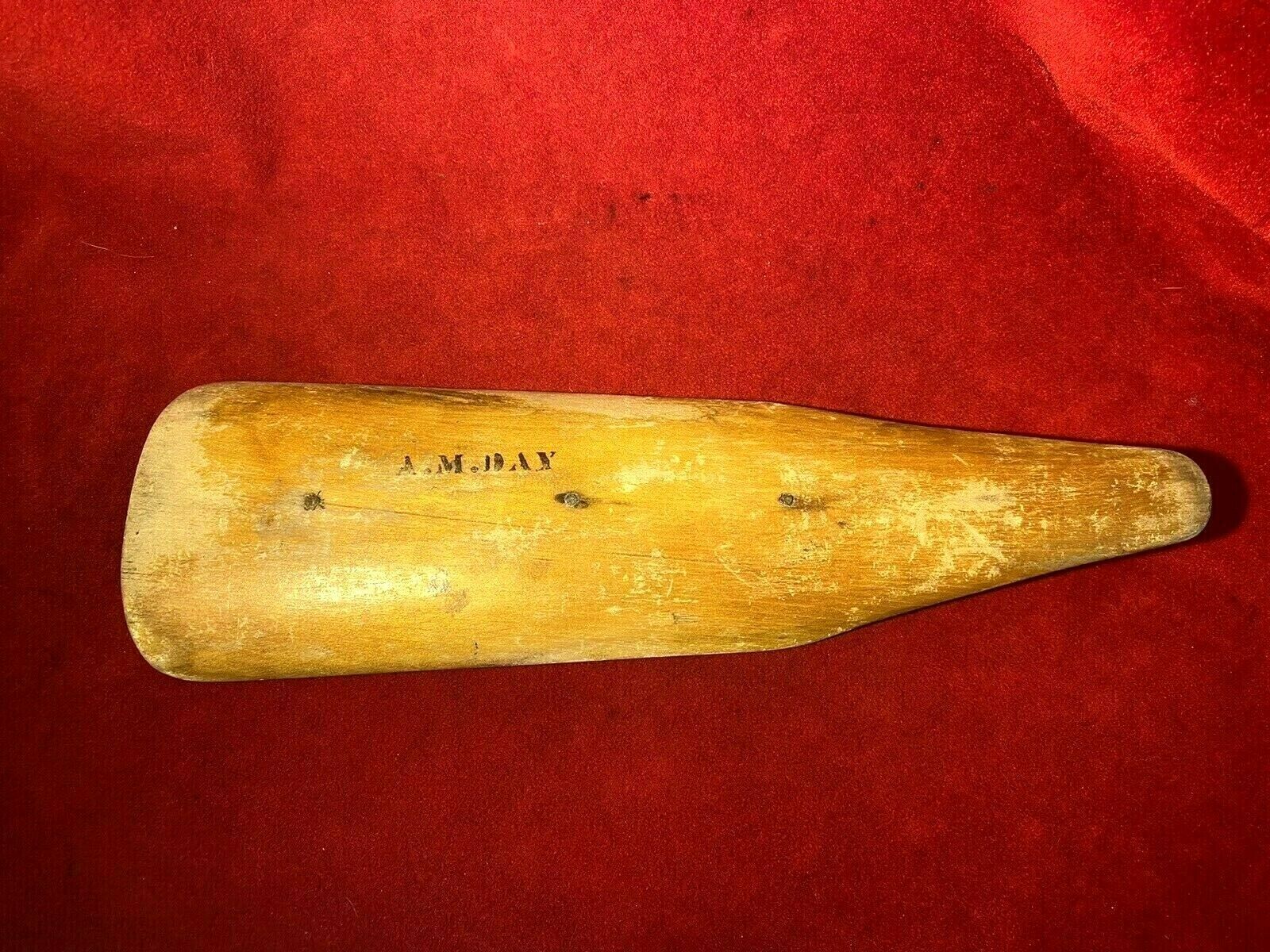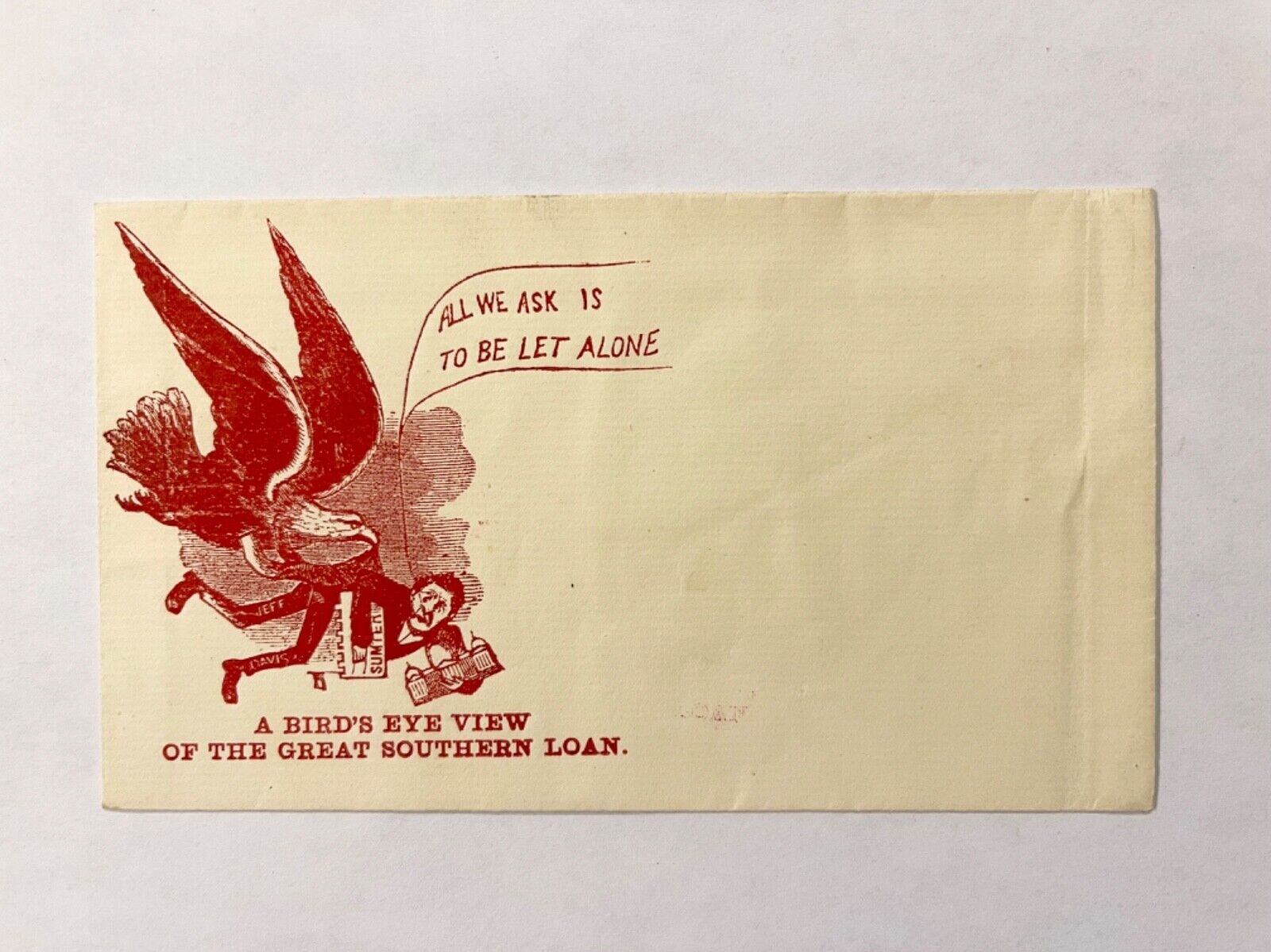-40%
Original Civil War Union Eagle Breast Plate, dug at Culpepper, VA Battlefield
$ 47.52
- Description
- Size Guide
Description
This is another nice piece being offered, it is an original excavated Union Eagle Breast Plate. It would have adorned the leather shoulder sling of a Civil War soldier’s cartridge box (see period photograph). It has the bold Union eagle on the brass face of the plate. The eagle has the arrows of war in one of her talons and the other talon has the laurel branches of peace. The back of the plate has the original lead, but as expected the two wire loops are gone. This piece was dug by a local digger at Culpepper County, Virginia.General Robert E. Lee drove out General Pope from Culpepper County during the Second Manassas Campaign (1862), and the county remained Lee's favored staging area for the remainder of the war. He selected Culpeper for his winter quarters after the Maryland Campaign and the Battle of Antietam in September 1862, and a portion of his army occupied the county following the Battle of Fredericksburg in December 1862.
Lee launched the Gettysburg Campaign from Culpeper, though not before his cavalry, under J. E. B. Stuart, faced off against Union troopers at Brandy Station in the largest cavalry battle of the war, in June 1863. Lee returned to Culpepper following Gettysburg and would have wintered there had not the Union Army of the Potomac pushed him out in September. Lee returned the favor a month later by ousting the Union troops, only to be expelled himself in the Battle of Rappahannock Station (1863).
Culpepper remained mostly in Union hands thereafter. The Army of the Potomac wintered there from November 1863 until May 1864, when, under the new Union General-in-Chief Ulysses S. Grant, it embarked on the Overland Campaign. The momentum of war then gravitated toward Richmond and Petersburg, and Culpeper saw only occasional Union raiding parties, the largest one sweeping through the community in December 1864.
What is unique about this plate is that the digger was known for not cleaning his excavated artifacts. Many soldiers were known to discard these plates because they felt Confederates looked at them as targets. He would just wipe off the heavy dirt and leave it alone. It could be cleaned if desired, but I thought it was unique as it is, so I left it alone. It comes in the glass top display case pictured.




